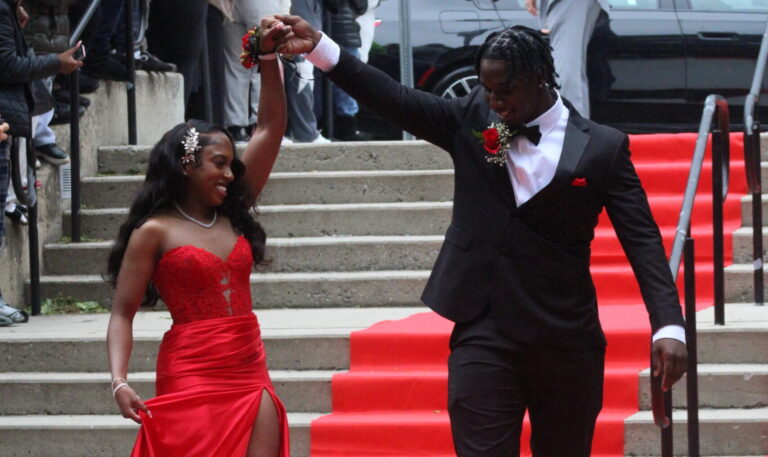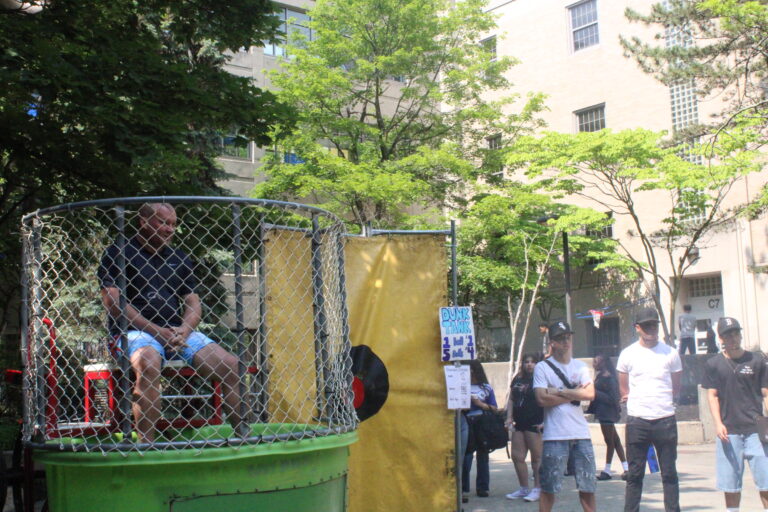Concussions can happen to anyone, especially athletes. Concussions are injuries to the head that can cause multiple signs and symptoms. Each individual can have different signs and symptoms. Some symptoms may include dizziness, lightheadedness, a headache, blurred vision, sensitivity to light, irritating symptoms.
When a athlete is suspected of a concussion they are temporarily pulled out of a sport. A trainer goes through and does a concussion protocol asking specific questions and looks into the athlete’s pupils to see if they are dilated.
24-36 hours later if the symptoms are still there or have gotten worse they are sent to their general doctor for further evaluation so that they can properly diagnose the athlete with a concussion. If said athlete has a concussion, they can not return back to the sport for a prolonged period of time. Sometimes it could be quick as ten days or as long as eight weeks. Malden High School does not prioritize winning over an athlete’s safety.
The school and the state organizations are helping to bring concussion awareness to the forefront. Here at the high school there are preventive measures and concussion testing on athletes before they participate in a sport. Coaches need to know how to help prevent concussions as well as recognize when a person has a concussion and what the protocol is.
Malden Athletics Director Charlie Conefrey said that “accidents can happen in games or are even integrated into the sports like soccer [when the player hits the ball with their head].”
Conefrey said that “last year [they] found that soccer had the most concussions in girls and boys soccer combined.”
Concussions “will affect the decision on the parents on whether or not to let their children [son or daughter] to do the sport”, said Conefrey.
Conefrey said that “[they] see more parents staying away from Pop Warner football which is full contact […] and are steering more towards flag football which [he] agrees with.” He said that “there really is not any need for contact until maybe near the age of thirteen or fourteen or in seventh grade or eighth grade.” He said “they should learn the game first [because] what usually happens is that the younger adolescents usually get injured due to negligence on their part since they do not know how to play the game and don’t have body control and they injure each other.”
Conefrey and the school wants to make sure that the students are safe and that the equipment is up to date and certified. If the school is negligent to students safety they can be liable.
Jeremiah Smith who is the varsity coach for boys soccer said that “over the ten years [on the soccer team they] probably averaged around one to two concussions per season.”
Smith said that “it’s more common [to have concussions in soccer] than what most people think because when people think about concussions they think of hockey or football but there is just the same amount of opportunity” in other sports.
The Athletics Office does a lot of work during the season and the off season to educate athletes, coaches, parents, and trainers on signs of concussions and the seriousness of them.



